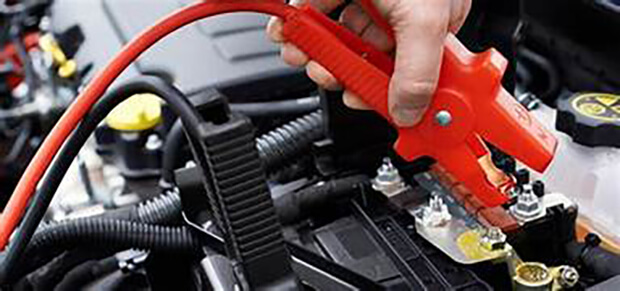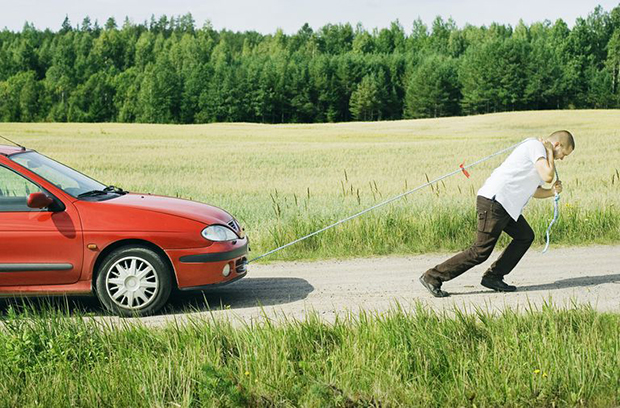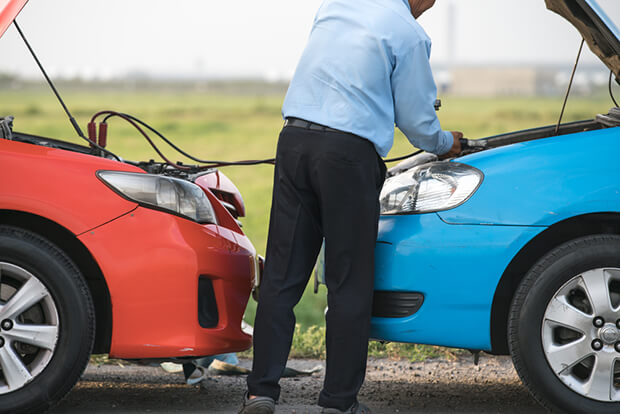Short journeys could be destroying your battery
Short car journeys during the covid-19 lockdown could be killing your battery?
Have you experienced some battery problems in the past few weeks? If so, this could be due to the lockdown?
Most of us are using our cars far less now because of the lockdown and new rules on non-essential travel. If cars are left idle for extended periods of time, this can leave your car battery flat.
As we are so well aware, the road network in Ireland has far fewer cars and many roads remain empty for great lengths of time as motorists are making much shorter local journeys? Millions of cars are left in driveways or parked up on the side of the road.
When the car is not in use, the battery starts losing its charge due to a combination of chemical reactions inside the battery itself and also a draw from underlying vehicle systems such as immobilisers, which zaps power even when the engine is off.
It is unfortunate, but this is just the fact on how car batteries function and perform. You will go out to use your car after a few weeks of non-use and the battery will be dead.
It is also important to know that the short “essential” runs that we need to do during the lockdown could actually be making matters worse as these short journeys are not enough to charge up the battery to its optimum level?
When batteries are ‘mistreated’ in such a way, the battery will naturally become degraded. Ticking the engine over in the driveway is also not the answer as car alternators take time to charge a battery once the engine is running and short journeys do not cut it when it comes to charging car batteries.
In fact short local runs of just five to 10 minutes are actually more likely to drain the car battery rather than help it charge up? This situation, as you can appreciate, can lead further problems down the road.

Tips on how to avoid battery problems
-
Check the battery connections regularly to ensure they are tight and free from corrosion
-
Park your vehicle in a garage if possible to protect it from sharp changes in temperature
-
Switch off lights, heater, fan, heated rear windscreen, radio etc. when leaving the vehicle
-
Disconnect Sat navs and other devices as they also drain the battery if left connected
-
Just ticking the engine over at idle periodically actually will drain the battery
-
You must drive your car and allow the alternator to do its work in charging, don’t just check that it starts each day, as this can drain the battery more
-
If you have more than one vehicle, alternate driving usage to keep the batteries rejuvenated
-
Drive the vehicle with the older or weaker battery more often
-
Get your battery tested regularly during a service or from an automotive retailer, especially if it's over 4 years old
-
Remember, battery acid is an irritant to the skin and corrosive to paintwork
Tips on what to do if the battery is dead
-
If you have a home charger, boost the battery before starting the car
-
Carry jump leads with you at all times. If you breakdown, at least you can ask a passing driver to assist you in the re-charge via their car battery
-
If you do not have jump leads, you can possibly push start the car with help from passers by. Many passersby even volunteer this help when they see you in trouble
-
If you need more urgent help you can call a recovery service to assist you
How to jump start your car?
-
Both cars need to be turned off before you connect the cables
-
Keep both vehicles in neutral or park during this process
-
Connect the negative black cables to the negative terminals first before the positive red cables
-
Connect the red cables to the positive terminals
-
Do not cross these cables to the wrong terminals as you will get a spark and possible damage
-
Do not connect a 12 volt battery to a 24 volt battery
-
It may take a little time for the battery to get enough of a charge to start the engine
-
Do not rev up the engine on the running vehicle to try and speed up the process
-
Never let the ends of the battery cables come into contact with each other, or with other metal parts of the vehicle
-
Disconnect the positive red cables from both vehicles first before you disconnect the negative cables from both vehicles
If your car has a manual transmission you can also push start the car if the battery fails. This can be done by pushing the car to a slope or incline so it can freely roll, or by using another vehicle to push the car. Here are some pointers on pushing a car to start.
How to push start a car?
-
Check that the vehicle has a clear path and it is safe to perform the maneuver
-
Confirm that the battery is dead. You will hear a clicking noise and dashboard lights will not come on
-
If dashboard lights come and you hear the clicks, that’s because there is a little power left in the battery, but not enough to start the engine
-
If nothing happens at all when you turn the key, the battery is completely dead
-
If all the lights come on and the engine keeps trying to turn over without starting, the issue is not the battery.
-
A problem is likely with the engines fuel delivery (fuel pump, fuel filter)
-
There could also be an issue with the airflow (intake, mass air flow sensor)
-
In some instances, there may be a problem with the vehicle’s ignition system
-
Place the car in second gear
-
Someone needs to be in the driver’s seat so they can depress the clutch and the brake
-
The car must reach a rolling speed of at least five miles per hour before you crank it
-
When sufficient speed is up, the person in the driver’s seat will quickly take their foot off of the clutch to engage the engine
-
Once the engine cranks the clutch should be depressed so that the person in the driver’s seat has complete control of the vehicle

Author

Justin Kavanagh
Justin Kavanagh is a recognised leader
in automotive intelligence and vehicle
data supply to the entire motor industry.
He has almost 20 years experience in
building systems from the ground up.
As the Managing Director of Vehicle
Management System, he understands the
need and importance of trustworthy and
reliable vehicle history and advice to
both the trade and the public.
Follow me on LinkedIn
